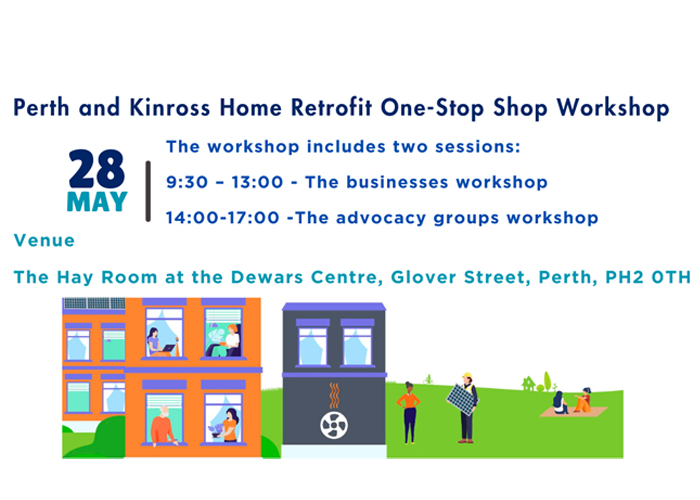ANGULARJS is one of the most relevant web development platforms in the world.
In almost every interview, you will have to fight tough competition to achieve high scores and land the job of your dreams. So, you should prepare in advance. To help you out, here is a list of the most frequently asked AngularJS interview questions along with the answers your interviewer will expect during the interview.
AngularJS Interview FAQs
1) What Do You Understand by AngularJS?
Answer: AngularJS is a JavaScript framework used to build rich and extensible web applications. It runs on plain JavaScript and HTML, so you don’t need any other dependencies to make it work. AngularJS is ideal for Single Page Applications (SPAs). It is mainly used to bind JavaScript objects to HTML interface elements. There are also Angular development services.
2) Identify the Features of AngularJS
Answer: Features include:
- Template (View)
- Scope (model)
- Controller (Controller)
- Services
- Filters
- Directives
3) Define Data Binding
Answer: Data binding is the automatic setting of data between a view and model components.
4) Differentiate Between AngularJS and JavaScript Expressions
Answer: Here are the differences between JavaScript and AngularJS:
- We cannot write JavaScript expressions in HTML, but we can write AngularJS expressions in HTML
- We cannot use conditional iterations, loops, and exceptions in AngularJS, but we can use all these conditional properties in JavaScript expressions.
- Filters are supported in AngularJS, while filters are not supported in JavaScript.
5) Write All the Steps for Getting Up the Angular Program (in the Appendix)
Answer: To create an Angular App we have to perform certain steps as mentioned below:
- Angular. module will be created first.
- A controller will be assigned to the module.
- The module will be associated with an HTML template (i.e. a UI or a view) with an angular application (ng-app).
- The HTML template will be associated with the controller (ie JS) using the ng-controller directive.
6) What are Angular Modules?
Answer: Angular modules collectively define an Angular application where we can write Angular code. Modules contain different parts of an Angular application. A module is created by angular. module function in angular.

7) What are the Scopes of a Directive in AngularJS?
Answer: There are three scopes available in AngularJS.
They are:
- Parent scope: Any changes you make to your directive that originate from the parent scope will also be reflected in the parent scope, which is also the default scope.
- Child scope: This is a nested scope that inherits a property from the parent scope. Additionally, if any properties and functions in scope are not associated with a parent scope directive, then a new child scope directive is created.
- Isolated scope: It is reusable and is used when we create a standalone directive. It is for private and internal use only, which means it does not contain any parent domain properties.
8) How Can We Exchange Data Between Controllers in AngularJS?
Answer: First, we have to create a service. The service is used to exchange data between controllers in AngularJS in a very clear, simple, and fast way. We use events, $ parent, next sibling, and controller using $ rootScope.
9) What is the Digest Loop in AngularJs?
Answer: This is part of the data binding process in AngularJS. It compares the old and new versions of the scope model value in each digest cycle.
The digest cycle starts automatically. We can also improve usability by using $ apply () if we want to run the digest loop manually. In 2022, among the most used frameworks, Angular occupies 40%.
10) Explain the Differences Between One-Way and Two-Way Binding
Answer: One-way binding is used to bind data from a model to a view without automatically updating the HTML template or view.
So, in order to update the HTML template, we need to write our own code that will update the view every time data is bound from the model to the view.
Whereas two-way binding is used to bind data from the model to the view and vice versa (ie, the view to the model) by automatically updating the HTML template without writing any special code.
11) What is the Difference Between AJAX and AngularJS?
Answer: AJAX stands for Asynchronous JavaScript, which is used to send and receive responses from the server without loading the page.
Conclusion
We are sure that this article would help you understand the basics and advanced level of AngularJS.
This set of AngularJS interview questions and answers listed here will enable you to successfully crack any AngularJS interview at both fresher and experience levels. These are the most common interview questions. That’s all for now.










